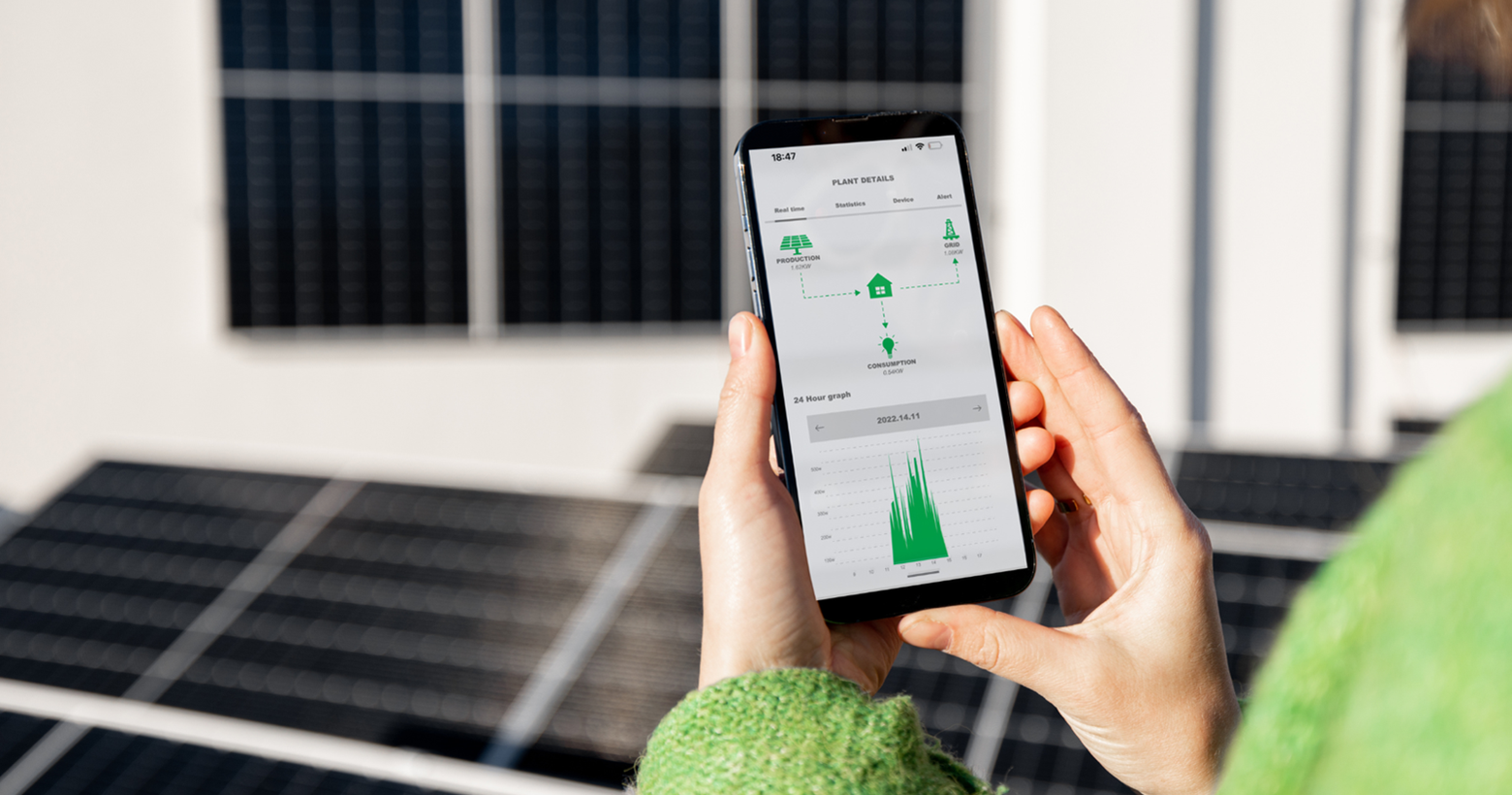Building Customer-First Energy Solutions and the Skills Needed to Deliver

We are lucky to live in an era where convenience is only a tap away. Monitoring your home electricity usage from your phone is now the norm. But as innovation and personalisation in other industries continue to raise the bar, there is growing pressure for the energy industry to deliver smarter, more customer-first solutions.
Whether you’re a tech giant or an energy provider, today’s customers expect to see personalised, flexible and automated experiences. Businesses need to meet these expectations (ideally going above or beyond to delight) or risk falling behind competitors. And the energy sector is no exception.
What does customer-first mean across energy?
Being customer-first means putting the customer's needs and preferences at the core of every decision. It's about designing platforms, solutions and services that prioritise user experience, transparency, and flexibility.
In the energy sector, that means things like:
- Transparent pricing and saving recommendations based on real-time data
- Easy-to-use apps, automation and self-service portals
- Sustainability tracking with visibility into carbon footprints or incentives to reduce consumption
- Real-time outage notifications, faster service restoration and proactive customer service
- Streamlining operations and processes with Artificial Intelligance (AI)
- Using smart meter to provide more accurate, transparent and reliable readings
A customer-first approach helps build trust, loyalty and long-term relationships with customers who ultimately feel valued when interacting with your product.
What skills and technology are needed for a customer-first approach?
Delivering customer-first solutions requires a blend of the right skills and technology. In the energy sector, having scalable and reliable infrastructure is crucial – but every business will have unique needs for talent and tech.
For example, if you want to give customers access to real-time usage data. Cloud services like AWS or Azure can help manage the data efficiently, while DevOps practices ensure your systems stay responsive and available. AI could then automate customer service and provide support around the clock.
To bring it all together, you’d need software engineers and UX/UI designers to build a secure, intuitive and accessible energy platform that customers actually enjoy using.
How AI is transforming the energy industry for the better
The energy industry to going through a major transformation and a lot of that change is being powered by automation and AI. From how energy companies manage their operations to the way they serve customers, automation and AI are making things faster, smarter and more efficient.
Australian consultancy, Gartner predicts that advanced AI systems (also known as agentic AI) will handle 80% of customer service issues on their own by 2029. Cutting business costs by 30% in the process.
One example of this comes from AGL Energy, one of Australia’s biggest energy providers. They’ve rolled out a digital platform called eAGL to streamline operations. It automates routine tasks and handles about 4 million pieces of work each year. The results? A huge boost in efficiency, with 70% success in automating exceptions.
Hiring plans to help drive customer innovation
Having the right people, with the right skills in the right roles is important when moving through any digital transformation. But the last thing you want is for your hunt for talent to slow down delivery or impact deadlines.
For that reason, you want your hiring strategy to align with delivery goals, ensuring you’re attracting talent in a way that keeps your projects on track.
Here’s what you should plan for in a competitive talent market:
- Finding talent with hybrid skills: The demand for hybrid skills sets (combining industry knowledge with tech expertise) is rapidly growing. Finding talent with the right blend of skills will be key to success.
- Competition for top talent is strong: Standing out as an employer of choice can be difficult in a saturated market. Offering meaningful employee benefits like career growth, work-life balance and competitive compensation are a few ways to attract candidates.
- Adopt flexible hiring models: Leveraging contractors, remote talent and offshore teams can help fill gaps in specialised skills quickly.
- Upskill and promote internal talent: Investing in upskilling and promoting within can make transitioning existing employees into high-demand roles easier. It can also help retain top talent and foster a positive work culture.
- Prioritise diversity in hiring: Implementing inclusive recruitment strategies like offering flexible roles or using more inclusive language in ads can help broaden talent pipelines to include candidates from new industries and non-traditional backgrounds.
Moving towards customer-first solutions
The energy and utilities industry are changing, mainly driven by customer-first innovations and new technology. Energy sector leadership needs to ensure teams have the right skills to set them up to deliver more personalised, automated experiences.
Aligning your hiring strategy with the tech and talent needed to build customer-first experiences puts you in a better position to meet customers' growing expectations.
At Talenza, we partner with the energy sector to bring top talent solutions to your business. Explore how we’re supporting the energy and resources sector – let’s check it out.